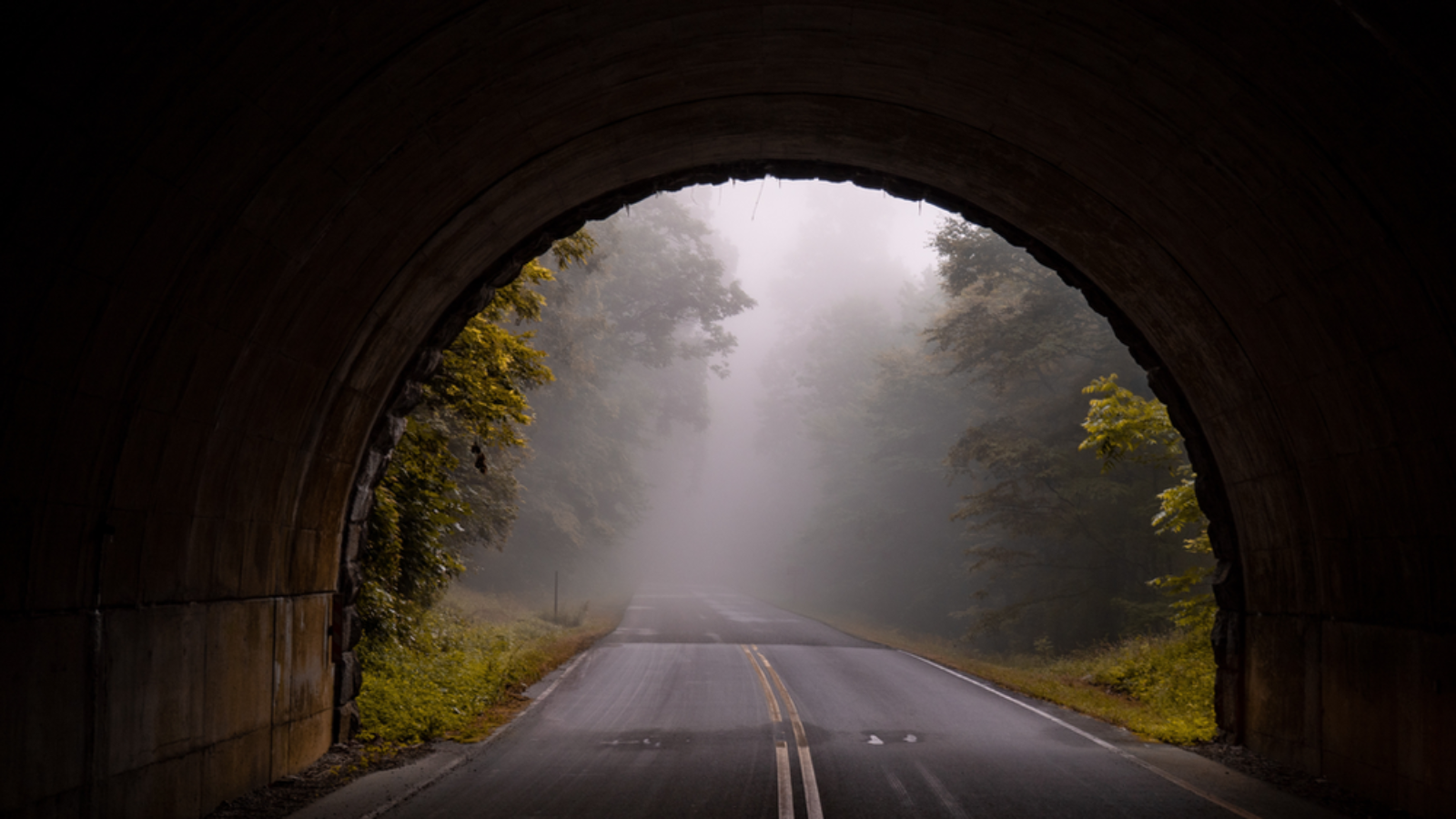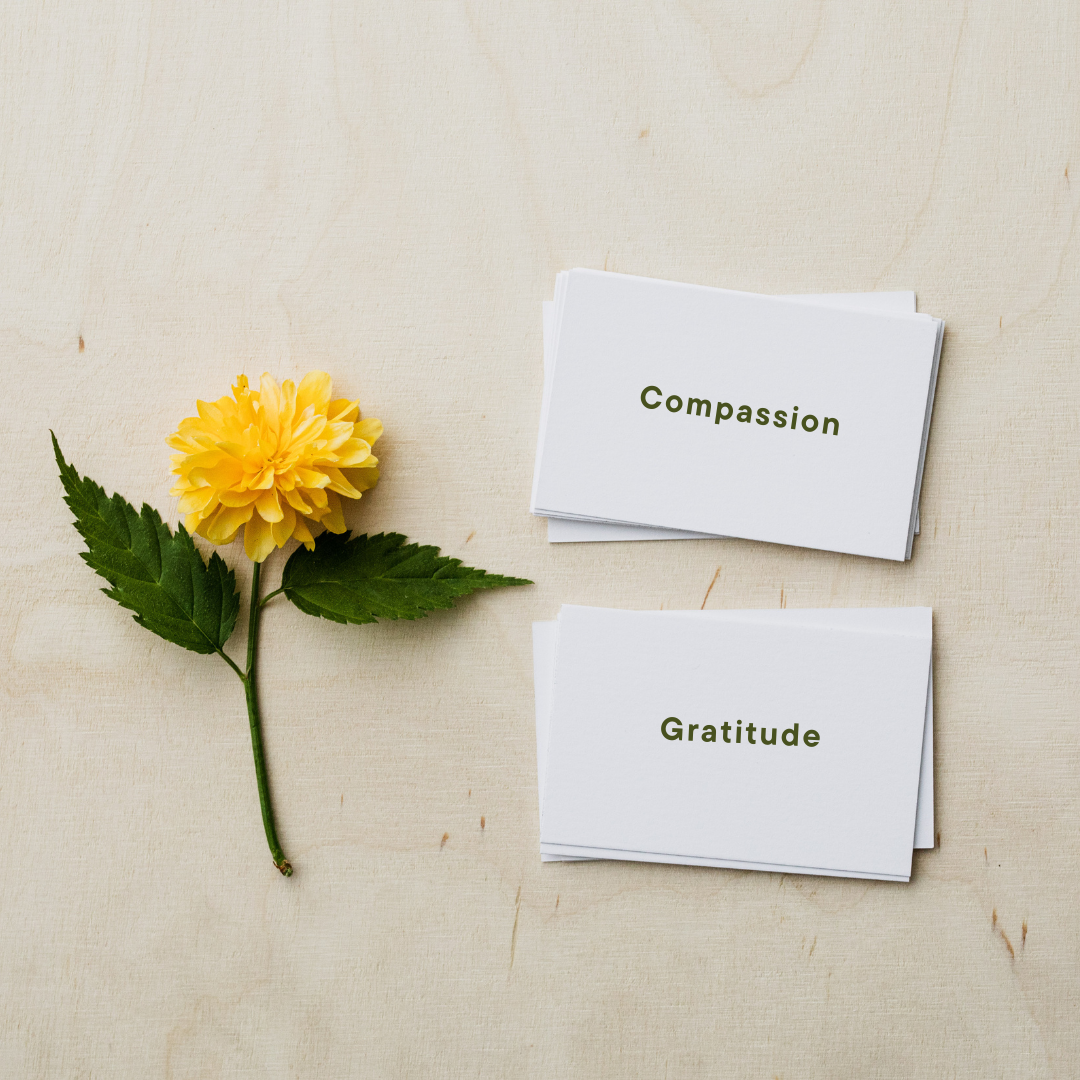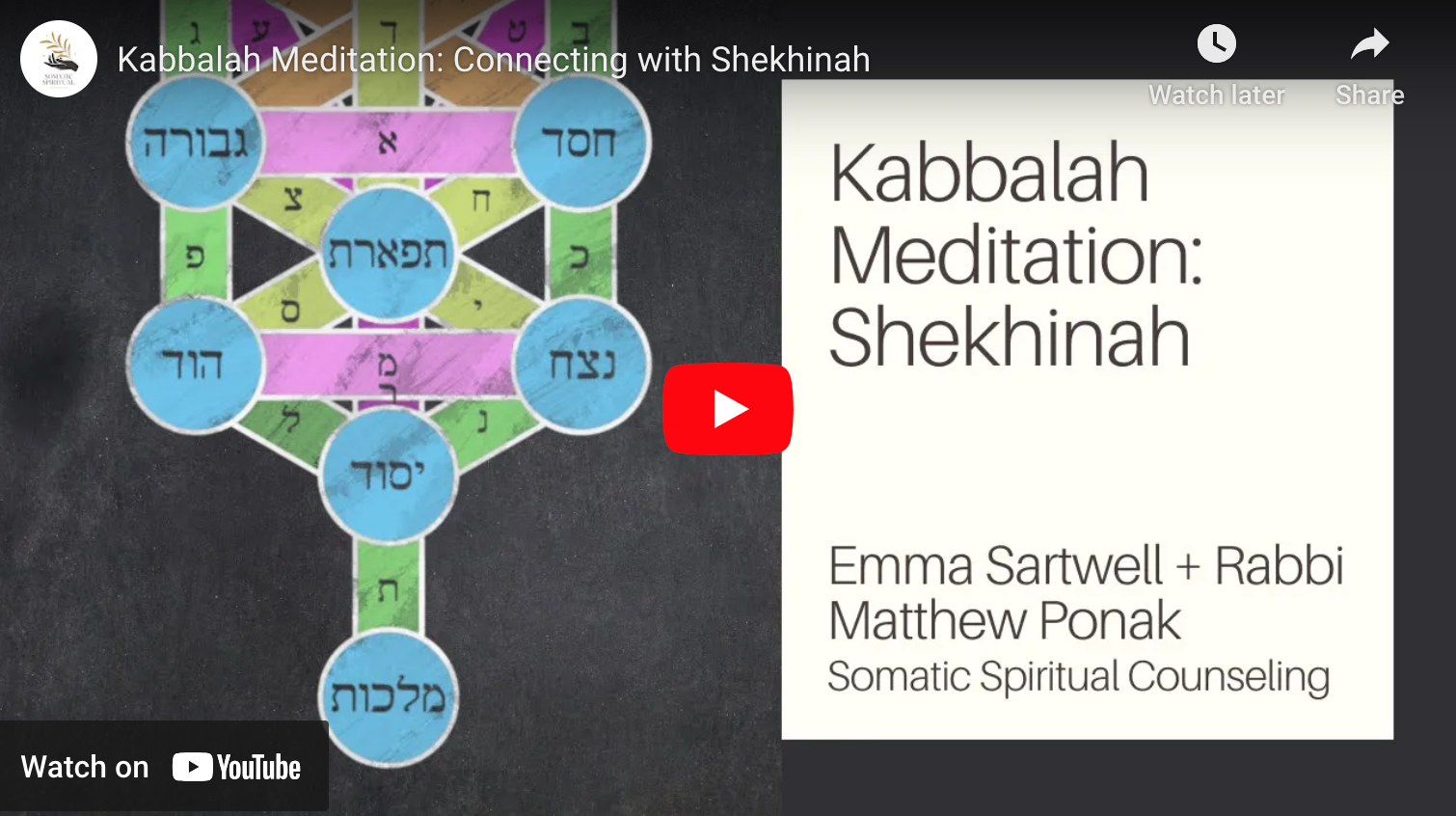Grief is something we usually reserve for people who have died. But what about all of the people who are still alive but no longer in our lives? Or all the places we no longer live? This video with Dara del Rio addresses the importance of grieving the living as a means to ultimately being able to live more fully in the present moment.
VIDEO TRANSCRIPT
Hi. This is Dara with Somatic Spiritual Counseling, and this video is about grieving the living, because grief doesn’t just come when somebody dies. It comes during any major life transition, whether we’re losing a loved one, because we’ve gone through a separation or because there’s been a change in dynamic. Maybe your child is leaving home for college. These are grief processes as well, and I find oftentimes that we don’t acknowledge them as such. And the problem with grief is that acknowledgment is the medicine, so if we don’t acknowledge what we’ve lost and that we are grieving, it keeps us stuck there, possibly for many, many years.
So, what are some of the things that we might be grieving besides somebody who has died? We could be grieving the loss of our innocence in a traumatic event, especially with sexual abuse. We could be grieving the loss of connection to our loved ones, to our environment. We could be grieving the loss of our ability to be present with ourselves. Other kinds of grief, we could be grieving the loss of a partnership. That’s a really big one, it seems.
Grief is Different for Every Person + Every Situation
What is grief? What does it feel like? What does it look like? How does it manifest? Grief is really tricky because it’s different for all of us, and there’s no timeline on it. One thing I’ve noticed that’s a pretty telltale sign of grief is the sense of vacantness or of the void. Either that or a fear of the void. But some connection to this sense of emptiness, of hollowness, of irreparable damage, maybe a sense of brokenness. And I see this with so many of us. We wear our brokenness almost as a badge of honor because, in a way, it is. It’s a way that we’ve been initiated into life through our pain.
The problem is this is not the end of the path. The end of the path is not living one’s entire life broken as a badge of honor. And I’m not necessarily saying the next step is to mend because oftentimes it isn’t. Death and grief are part of a larger rite of passage. Let’s call it the hero or the heroine’s journey, where we venture out and we lose either a part of ourselves or something else. Let’s say there’s some sort of death. Next comes rebirth and then a reintegration into our tribe, into our community, and an acknowledgment that we’ve been through a change or a transition of some kind.
Grief as a Passage, Not as an Ending
So, what does that look like? I’m imagining, for myself, the ways that I have come to feel my grief. That process for me has looked like many months of processing, of spending a lot of time alone, and acknowledging all of the things that I’ve lost. It really helps if there is something or someone to bear witness to your loss. And it doesn’t necessarily have to be other people. It could be plants, animals. It could be the sky. Something, anything that you’re in conscious relationship with. Maybe speaking to a fire, speaking to the water. If you do have people who can witness you in prayer, or in sadness, or in your process, maybe that’s a good counselor, that can be really helpful as well. I’m sure you’ve had the experience of being heard by another person and feeling seen. It can be really therapeutic. That can be enough to simply be acknowledged on that level.

Self-Acceptance Means Not Identifying as “Broken”
And then, what comes next after acknowledgment? There’s a movement in grief towards acceptance. That is the next phase. And I think this is where people sometimes stagnate. There’s an acceptance of what we’ve lost and the pain we’ve been through, and a surrender to it. And then we can stay in that, and sit in it, and say, “Wow. Look at everything I’ve been through. Look at how broken I am, or how damaged I am.” This is really big in our culture. We love being damaged. But the truth is that none of us are really damaged, right? This is just an experience we’ve had, and underlying it, there is some essential wholeness that we are meant to return to, to be of greater service and of greater benefit to those around us.
So, how do we accept ourselves? How have you accepted yourself or not accepted parts of yourself? This is perhaps a larger question than this video can answer. But I do believe that self-acceptance is quite necessary to being able to let go, and to move on, and to re-integrate into the next spring and summer of your life instead of being stuck in the fall and winter forever.
So, step one, acknowledge the grief. And I think this can be quite transformative to simply acknowledge, “Okay, yeah, this is grief. I’m feeling grief.” Because like I said, grieving the living and grieving irreparable damage or loss in relational dynamics or within one’s own psyche often doesn’t get framed that way and often doesn’t get the proper attention and support because it’s not being named properly.
So, I’m curious what this video evokes in you. What in your life do you wear as a badge of brokenness? In what ways might your life transform if you allowed that cycle to move through and become fresh and young again, instead of old and dying? So, if you have any questions or reflections, I’d love to hear from you. You can find us at somaticspiritualcounseling.com. And again, my name is Dara, and thank you for watching today’s video on grieving the living. I’ll see you next time.
Learn more about somatic therapy here.
—————————————————————————————————————————




